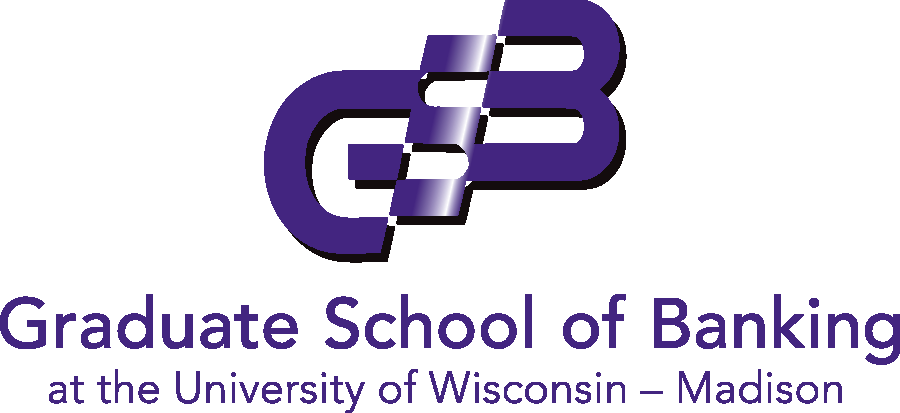Quick Links
Resources
4721 S Biltmore Lane
Madison, WI 53718
Home > GSB Online Seminar Series > CRE Lending – Developing a Global Analysis of Property Holdings-Sp25
Home > Schools & Programs > CRE Lending – Developing a Global Analysis of Property Holdings-Sp25
Purchasing for others?
$330.00
| Date | Pre-Recorded |
|---|---|
| Recording Available Until | 04/21/25 |
| Presenter | Richard Hamm |
| Company | Advantage Consulting & Training |
| Target Audience | commercial lenders, credit analysts and small business lenders; consumer lenders, lending managers and credit officers, mortgage bankers and private bankers; loan review specialists, special assets officers |
| Program Time | 10:30 am-12:00 pm CT |
| Duration | 90 minutes |
In many instances of commercial real estate (CRE) lending, the risks to a borrower/owner/guarantor from contingent liabilities outweigh the strength of the property your bank is proposing to finance. How can you effectively evaluate the risks of these guarantees? This program provides a framework not only for arraying the various properties, but a strategy for determining the risk of individual properties. Yes, developing property cash flows for tax returns and other data is the first step, but bankers need to go deeper into estimating collateral value and any potential shortfall within the property that becomes a direct liability to your borrower/owner/guarantor. Due to the high incidence of banks requiring owners to guarantee a percentage higher than the person’s ownership percentage, minority interests in CRE create a more complicated analysis, even best case/worst case/most likely scenarios. Finally, issues such as property type, location, length of leases in place and strength of tenants quickly take the analysis beyond tax return or operating statement data.
Specific subjects that will be covered during the seminar:
• Net operating income (NOI) components and concepts
• Understanding key variables within NOI: vacancy, management fees, replacement reserves and capital expenditures
• Understanding cap rates and how they are used to link cash flow to property value
• Using tax returns and customer rent rolls, plus issues with commercial leases
• Unique characteristics of the major types of real estate
• Transaction-level stress-testing of debt service coverage (DSC) and loan-to-value (LTV)
• How to use a sample worksheet to explore the major issues, including stress-testing
• Issues faced in the global analysis of the various holdings of the borrower/guarantor
• Taking the global analysis beyond the face values of guarantees (contingent liabilities analysis)
• Using the cash flow analysis as part of ongoing loan monitoring, including estimated property
• values, not in lieu of appraisals, but as a key part of the overall CRE process
• Brief look at residential rentals and related cash flow and property value issues
4721 S Biltmore Lane
Madison, WI 53718
We use cookies to enhance your experience on our website. By clicking "Accept," you agree to the storing of cookies on your device to analyze site usage, enhance site navigation, and assist in our marketing efforts. If you do not wish to accept all cookies, you can manage your preferences by clicking "Deny." For more detailed information about the cookies we use, see our Cookies Policy.

| Thank you for Signing Up |
